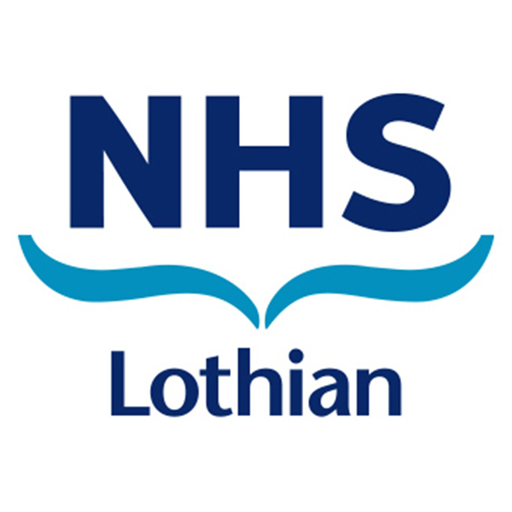- Venous and arterial cord gases
- Blood gas within one hour of birth. In addition to acid base status, pay attention to Hb / HCT, lactate and glucose. An abnormal venous blood gas should be confirmed with an arterial sample.
- FBC and blood film
- Coagulation (PT/APPT/TT/Fibrinogen)
- Maternal Kleihauer if anaemic or history of APH
- U & Es, creatinine, Ca/Mg, LDH
- LFTs
- Cardiac troponin
- Screen for bacterial infection
- Consider lumbar puncture (if done, freeze a sample)
- Placental histology
- Cranial ultrasound (repeat day 2, 3, 7)
- CFM
- Consider TORCH screen if SGA or dysmorphic, or focal abnormality on cranial ultrasound
- Plan MRI, which will help explain neurological signs, assist diagnosis, help determine timing and aetiology of abnormalities, help predict outcome and counselling of parents, and inform critical incident and / or medico-legal proceedings.
- T1-w, T2-w and DWI as a minimum; provide detailed clinical information to radiologist (mode of delivery, CUSS findings, focal signs, working diagnosis) to determine whether SWI, MRS, MR venography / angiography are likely to be helpful.
- For a global hypoxic-ischaemic insult this is best done between 5 and 14 days for optimal prognostic information.
- Very early imaging during the first week may be useful in some cases where it may not be appropriate to continue intensive care, but it is more difficult to interpret and very early imaging may look normal even with severe injury. Diffusion weighted imaging identifies acute injury early but must be interpreted cautiously because it may underestimate the final extent of injury especially in basal ganglia and thalami.
Encephalopathy investigations

Warning
INVESTIGATIONS FOR INFANTS WITH NEONATAL ENCEPHALOPATHY
If clinical history not suggestive of HIE or if there is persistent / progressive encephalopathy
Investigate for metabolic / genetic disorders if:
- dysmorphic features
- parental consanguinity
- abnormal intracranial anatomy
- severe IUGR
- unusual pattern of injury on MRI scan
- normal looking MRI scan in face of ongoing neurological problems
Do
- ammonia
- monitor lactate trend
- uric acid
- plasma amino acids
- amino and organic acids (urine)
- urine for ketones
- creatine kinase
- chromosomes
- full array EEG
When previous investigations are not informative
Consider further investigation for specific metabolic disorders, neuromuscular disease, and store blood for future DNA analysis
Consider the following specific disorders
- sulfite oxidase deficiency - fresh urine
- non-ketotic hyperglycinaemia - paired CSF and blood glycine; EEG; proton MRS
- biotinidase deficiency - blood
- epileptic encephalopathy - EEG
- peroxisomal disorders, VLCFAs - blood
- mitochondrial disorders - blood and muscle biopsy
- carbohydrate glycosylation defects - blood (false negatives occur before 6 post-term weeks)
- carnitine and acylcarnitine disorders - blood
- disorders of lysosomal enzymes - blood
- mucopolysaccharidoses - blood
- thrombophilia screen in cases with focal haemorrhage, infarction or thrombosis - blood (this may include fibrinogen, AT, FVIII, PC, PS, FVL, vWF, PT gene, MTHFR gene, lipoproteins.)
- Nerve conduction
- EMG
- Muscle biopsy
- Skin for fibroblast culture
